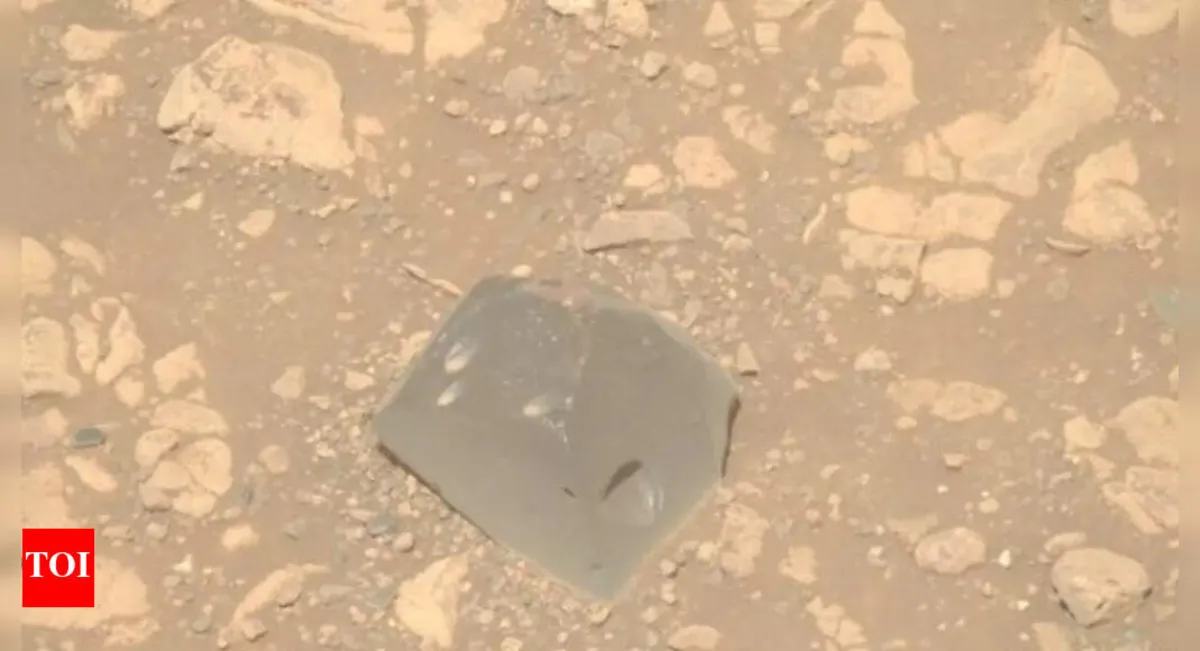
Nasa's Perseverance rover has made an intriguing discovery on the surface of Mars—a rock resembling a skull, now referred to as Skull Hill. This unusual formation was spotted on April 11 during the rover's exploration of Witch Hazel Hill, located within the expansive Jezero Crater, a 28-mile-wide area believed to have once housed a lake.
What sets Skull Hill apart is its striking appearance. Unlike the surrounding light-toned, dusty terrain, this rock is dark, jagged, and features numerous tiny pits, giving it an uncanny look that seems out of place. "It looks like it doesn’t belong there," remarked Margaret Deahn, a Ph.D. student from Purdue University collaborating with Nasa, as reported by the New York Post.
Deahn explained that the rock could be categorized as a type of "float," which refers to rocks that have been transported from their original locations by natural forces such as erosion or meteorite impacts. This implies that Skull Hill may not have formed in its current location but instead could have been moved here by powerful geological processes.
Initially, the research team considered the possibility that Skull Hill might be a meteorite. However, a detailed chemical analysis conducted with the rover's SuperCam—a sophisticated laser-based tool—revealed that it lacked the high iron and nickel content typically associated with extraterrestrial rocks. This has led scientists to propose that the formation might actually be an igneous rock, which is formed from cooled lava or magma. If this theory holds true, Skull Hill could be millions or even billions of years old.
Looking ahead, Deahn and her team are planning additional tests to uncover the precise origin and age of Skull Hill. "We’re lucky the rover can help us study the chemical makeup of rocks right there on the surface," she noted, emphasizing the importance of Perseverance's analytical capabilities in understanding the Martian landscape.
This discovery not only highlights the unique geological features of Mars but also underscores the ongoing mission of Nasa’s Perseverance rover to explore and analyze the Red Planet, providing valuable insights into its history and composition.